Fly Fishing Heaven: Montana’s Best Blue-Ribbon Rivers
Montana has earned its reputation as the ultimate fly fishing destination in North America, drawing anglers from around the world to test their skills against wild trout in pristine waters. With over 450 miles of blue-ribbon trout streams and rivers flowing through breathtaking landscapes, the Treasure State offers an unparalleled fly fishing experience. These legendary waterways combine perfect trout habitat, stunning scenery, and abundant fish populations to create what many consider fly fishing heaven. Whether you’re a seasoned angler or just starting your fly fishing journey, Montana’s blue-ribbon rivers promise adventure, solitude, and the opportunity to connect with nature in its purest form.
The Madison River: A Fly Fishing Legend
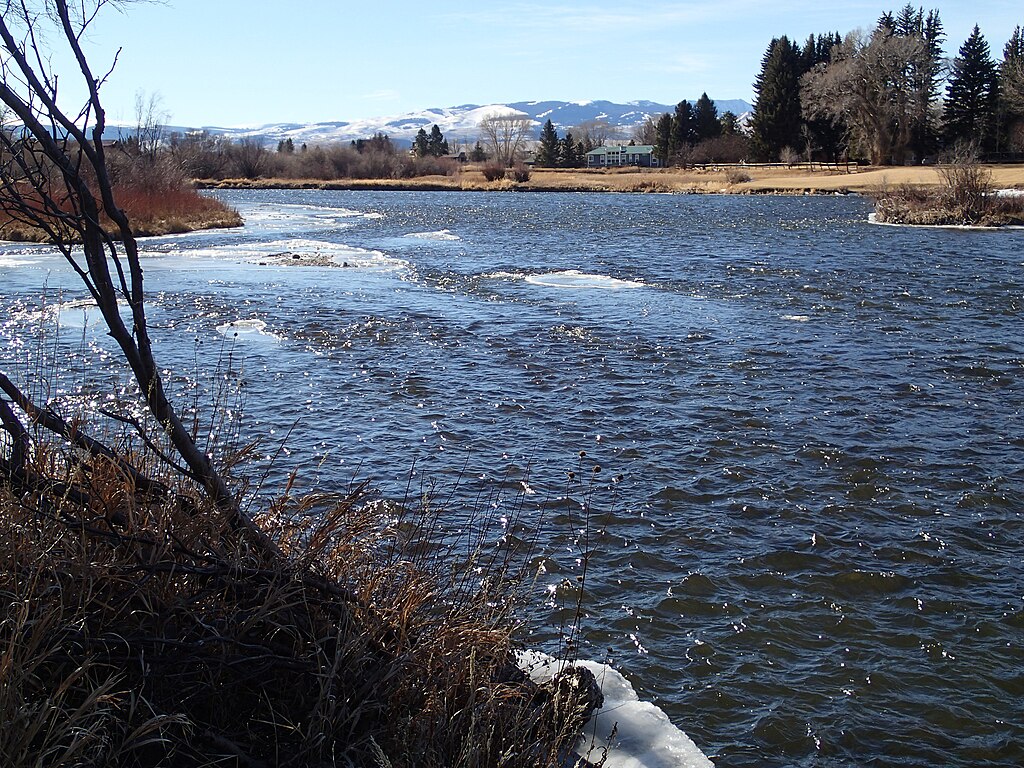
The Madison River stands as perhaps Montana’s most iconic trout stream, flowing 183 miles from Yellowstone National Park to Three Forks, where it joins the Missouri River. Known for its consistent hatches and substantial rainbow and brown trout populations, the Madison offers diverse fishing environments from the fast-moving waters of the upper river to the wider, meandering sections downstream. Anglers particularly prize the stretch below Quake Lake to Ennis, where the river creates the famous “Fifty-Mile Riffle” – a seemingly endless stretch of perfect trout water. The Madison’s legendary status is well-earned, with fish averaging 14-16 inches and many specimens exceeding 20 inches, making every cast potentially memorable. Access is plentiful throughout its course, with numerous public access points and fishing access sites maintained by Montana Fish, Wildlife & Parks.
The Yellowstone River: America’s Longest Undammed Waterway
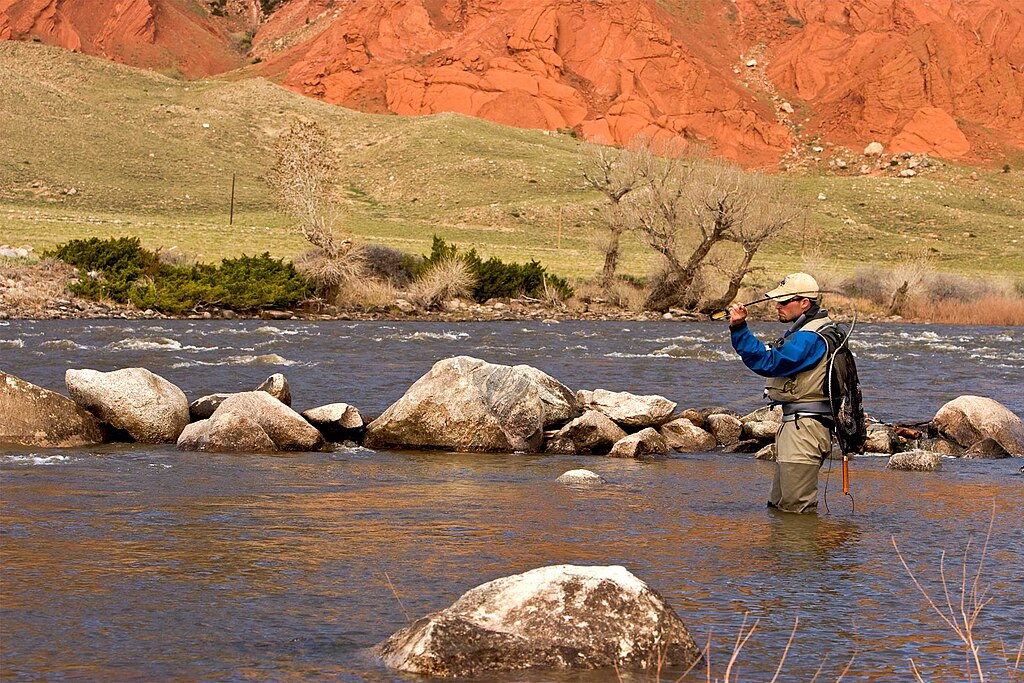
The Yellowstone River holds the distinction of being the longest undammed river in the continental United States, flowing freely for 692 miles across Montana. This wild character creates a dynamic, ever-changing ecosystem that supports healthy populations of cutthroat, rainbow, and brown trout throughout its extensive course. The Paradise Valley section, stretching roughly 50 miles from Gardiner to Livingston, represents prime fly fishing water with stunning mountain vistas dominated by the Absaroka Range. Spring brings epic stonefly hatches, while summer and fall offer diverse opportunities with multiple insect emergences and terrestrial patterns. The river’s natural flow regime, uninterrupted by dams, creates varied habitat from fast riffles to deep pools, accommodating different fishing techniques and preferences. Public access is excellent along the Yellowstone, with numerous fishing access sites allowing anglers to explore different sections of this magnificent waterway.
The Missouri River: Tailwater Perfection
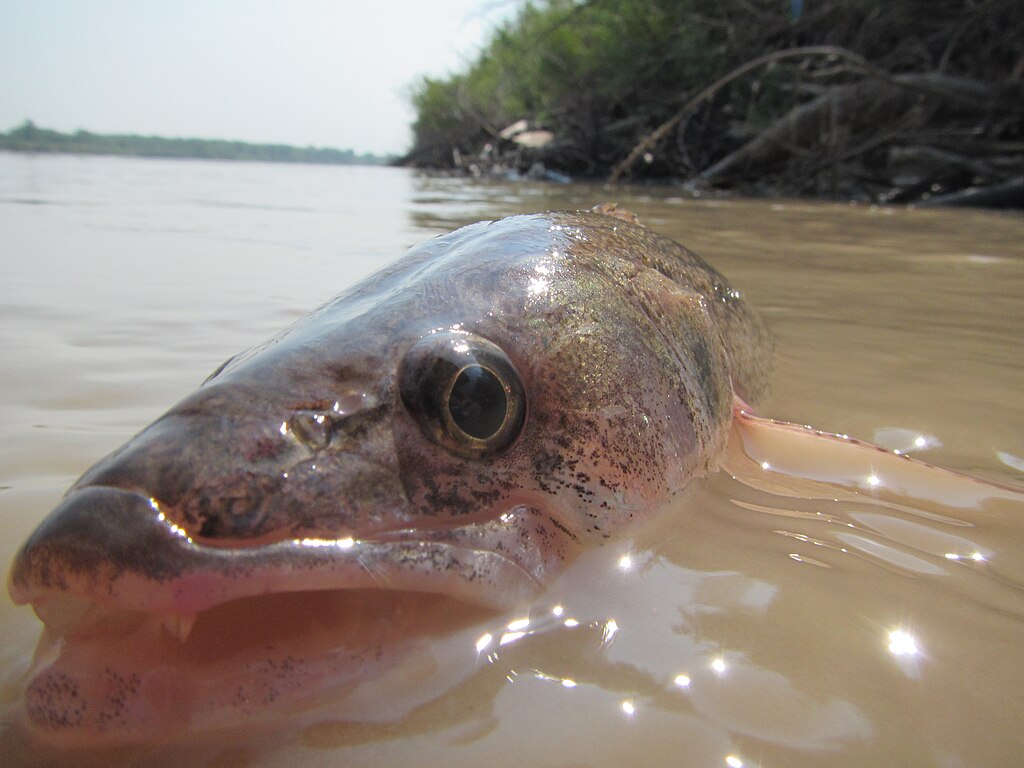
Below Holter Dam near the town of Wolf Creek, the Missouri River transforms into one of Montana’s most productive tailwater fisheries, offering consistently excellent fishing opportunities throughout the year. This section’s stable flows and nutrient-rich waters create ideal conditions for massive rainbow and brown trout, with 16-20 inch fish being common and specimens exceeding 24 inches caught regularly. The river’s wide, smooth flows make it perfect for drift boats, while wade anglers can access numerous productive sections from public access points. Missouri’s famous “Trout Per Mile” count often exceeds 4,000 fish in some stretches, creating remarkable catch rates even for novice anglers. The tailwater section maintains consistent temperatures year-round, extending the fishing season well beyond what’s possible on freestone rivers and making it a go-to destination during early spring and late fall when other rivers might be challenging.
The Bighorn River: Trophy Trout Factory
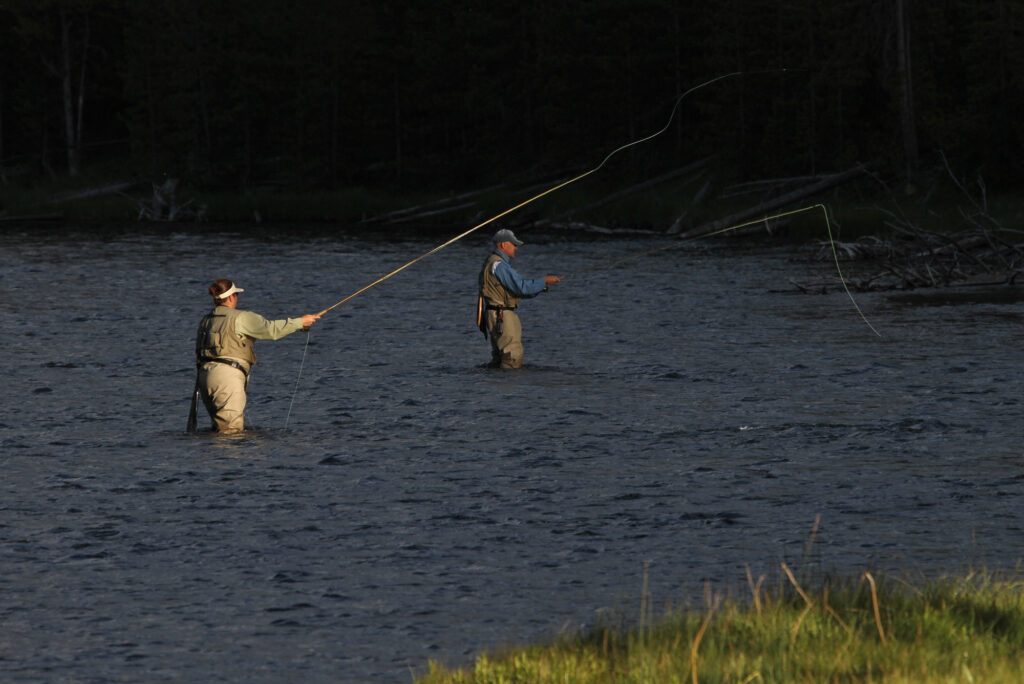
The Bighorn River emerges from Yellowtail Dam in eastern Montana as a world-class tailwater fishery that routinely produces some of the largest average-sized trout in the state. The cold, clear waters flowing from the bottom of Bighorn Lake create ideal conditions for massive rainbow and brown trout, with fish in the 16-20 inch range being standard and much larger specimens always possible. The first 13 miles below the dam represent the most productive water, with trout numbers often exceeding 5,000 fish per mile in prime sections. The Bighorn’s relatively stable flows and consistent insect hatches, particularly its famous spring baetis emergence and summer PMD hatches, make it one of the most reliable fisheries in Montana. Despite its remote eastern Montana location, the Bighorn draws anglers from across the globe who come for the opportunity to catch numerous large trout in a single day.
Rock Creek: Wild Trout in a Mountain Setting
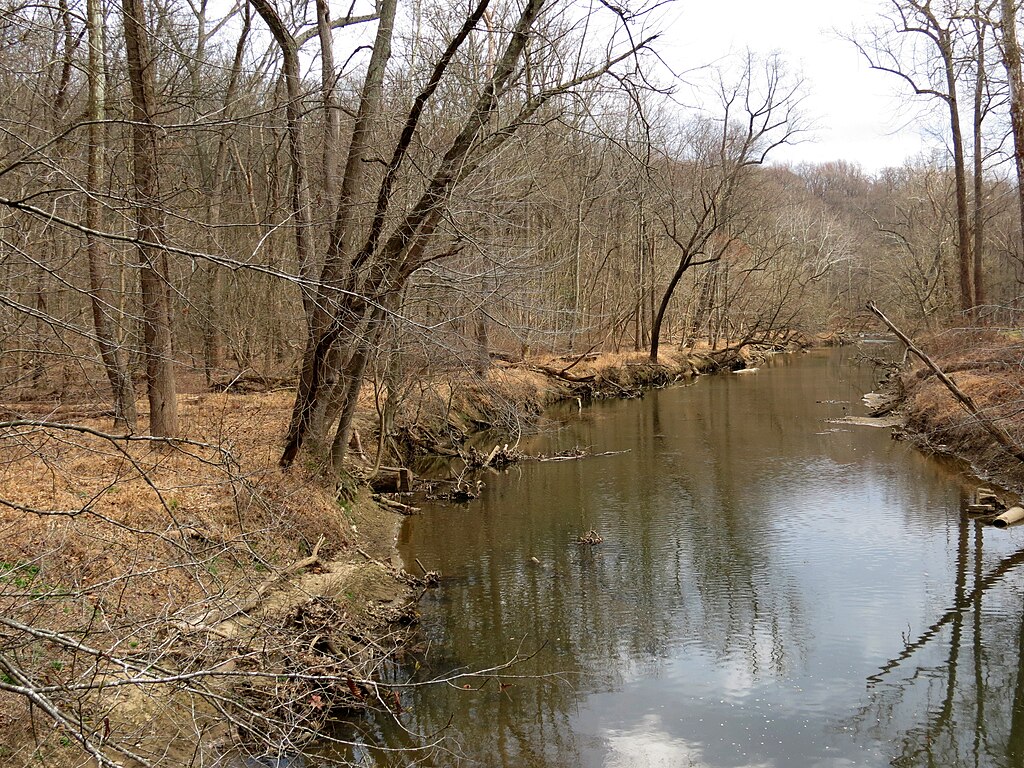
Rock Creek flows for approximately 52 miles from its headwaters in the Anaconda-Pintler Wilderness before joining the Clark Fork River east of Missoula. This pristine freestone stream offers an authentic Montana fishing experience with wild trout, stunning mountain scenery, and relatively light fishing pressure compared to some of the state’s more famous waters. The creek holds all four major trout species found in Montana: rainbow, brown, cutthroat, and bull trout, with the latter being protected and requiring immediate release if caught. Rock Creek’s famous Salmonfly hatch in late spring draws anglers from around the country, creating a brief period of intense fishing pressure amid spectacular dry fly action. Access is excellent along much of Rock Creek Road, which parallels the stream for over 30 miles, allowing anglers to explore different sections on foot.
The Bitterroot River: Scenic Beauty and Diverse Angling
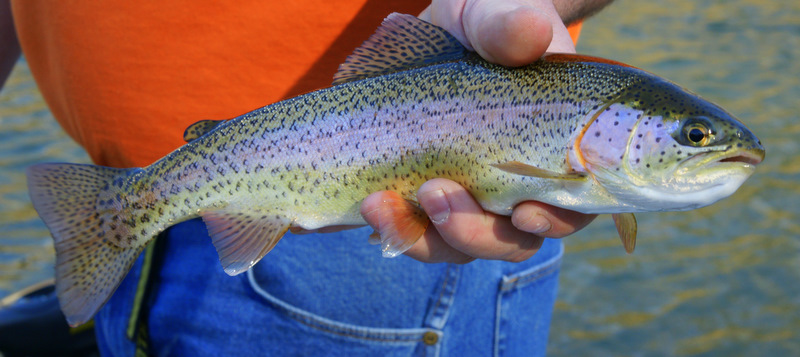
The Bitterroot River flows north for approximately 75 miles from the confluence of its East and West Forks near Conner to its junction with the Clark Fork River near Missoula. Framed by the stunning Bitterroot and Sapphire Mountain ranges, this picturesque river offers spectacular scenery alongside excellent fishing for rainbow, brown, and cutthroat trout. The Bitterroot is renowned for its diverse insect hatches, including prolific caddis emergences, multiple mayfly species, and terrestrial fishing opportunities during summer months. Different sections of the river present varied character, from the faster, more technical upper river to the wider, more accessible lower stretches. The Bitterroot Valley’s agricultural development has created some access challenges, but numerous fishing access sites managed by Montana Fish, Wildlife & Parks provide entry points to some of the river’s most productive stretches.
The Blackfoot River: A River Runs Through It
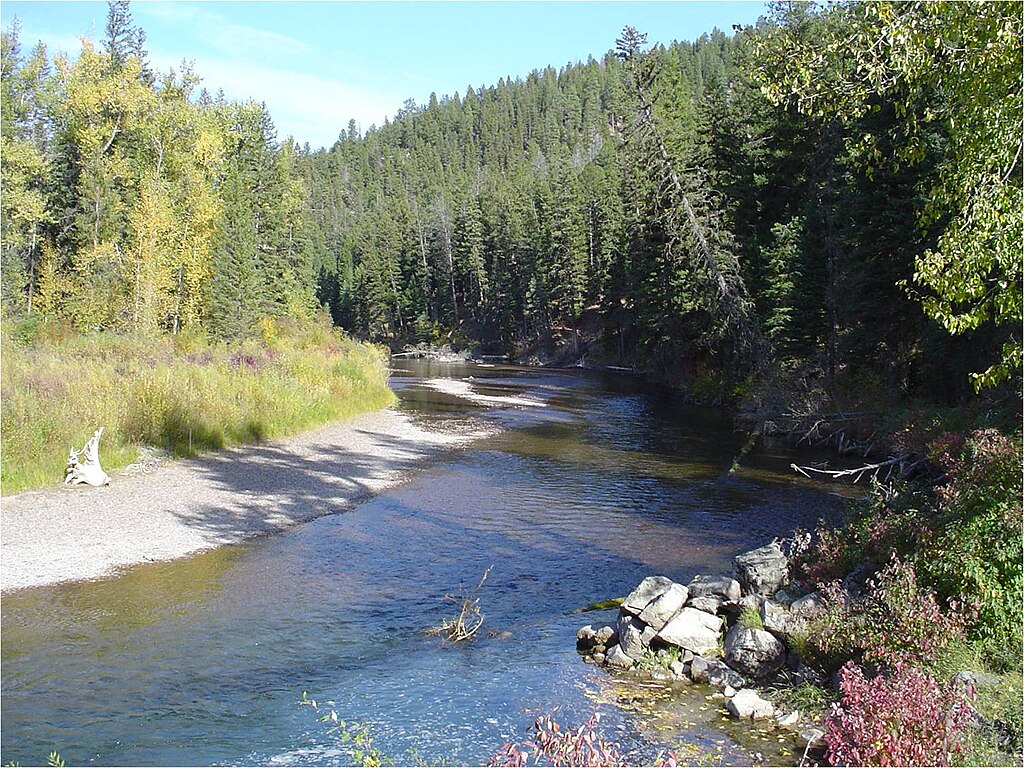
The Blackfoot River gained international fame through Norman Maclean’s novella “A River Runs Through It” and the subsequent film adaptation, but serious anglers have long treasured this beautiful freestone river flowing from the Continental Divide to its confluence with the Clark Fork. The Blackfoot offers approximately 75 miles of fishable water characterized by boulder gardens, deep pools, and pristine riparian zones. Native westslope cutthroat trout and bull trout swim alongside introduced rainbow and brown trout, creating diverse angling opportunities throughout the river’s course. Conservation efforts in recent decades have significantly improved the Blackfoot’s water quality and fish populations following historical damage from mining and logging activities. The river’s famous Salmonfly hatch in June provides some of Montana’s most exciting dry fly fishing, though challenging fast water and numerous obstacles make floating this river recommended only for experienced oarsmen.
The Smith River: Wilderness Float Trip Experience
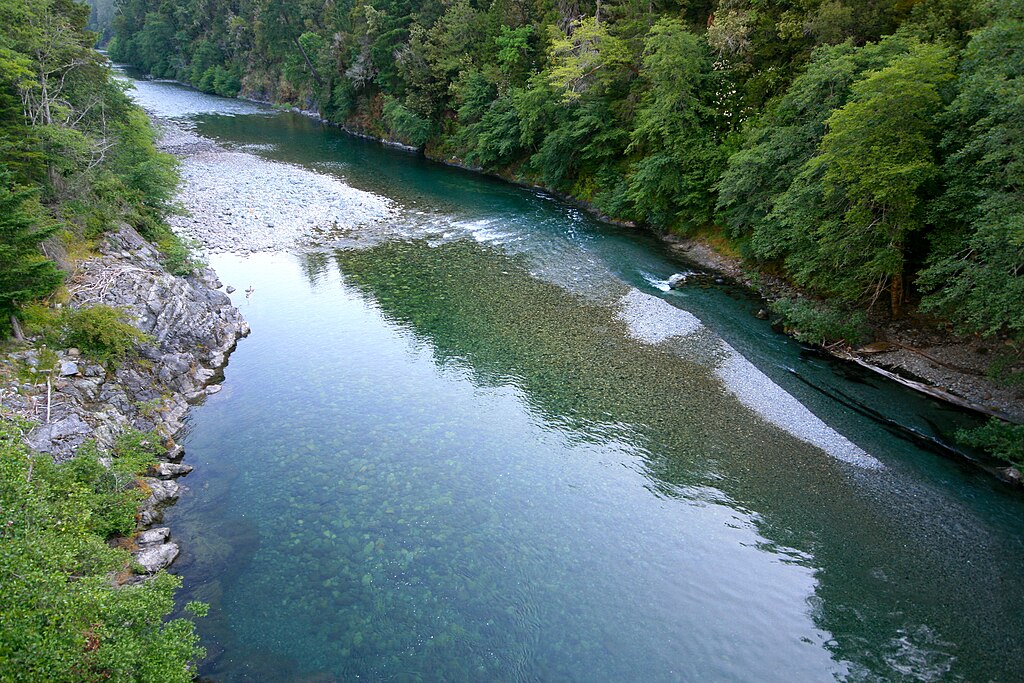
The Smith River offers Montana’s premier multi-day float trip experience, flowing through a remote canyon accessible only by boat for nearly 60 miles between its put-in at Camp Baker and take-out at Eden Bridge. This unique river requires a permit obtained through a highly competitive annual lottery system, with successful applicants gaining access to an unforgettable wilderness experience combining excellent fishing with spectacular scenery. The Smith holds healthy populations of brown and rainbow trout, averaging 12-16 inches, with larger specimens always possible in its deeper pools and undercut banks. Limestone canyon walls rising hundreds of feet from the water’s edge create dramatic scenery and display Native American pictographs in several locations. The five-day float typically required to complete the journey creates a true wilderness immersion rarely found in today’s connected world, making a Smith River permit one of Montana’s most coveted fishing opportunities.
The Clark Fork River: Resurrection and Recovery
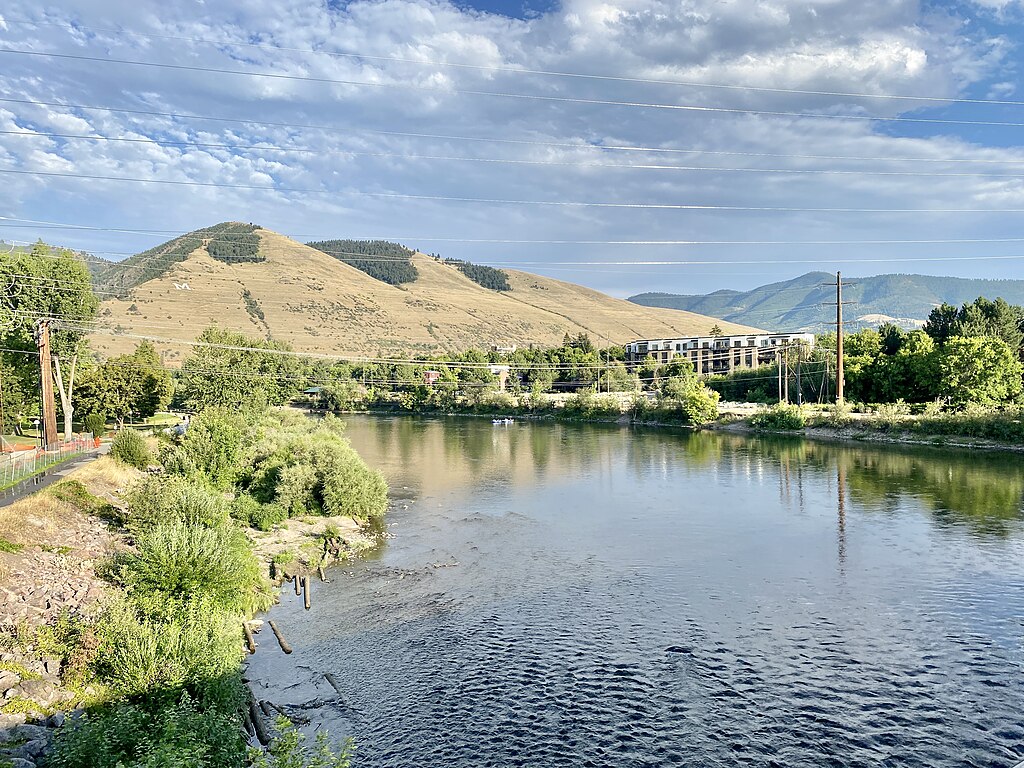
The Clark Fork River represents one of America’s greatest environmental recovery stories, transforming from a severely polluted industrial waterway to a productive trout fishery following decades of reclamation efforts. As Montana’s largest river by volume, the Clark Fork drains much of western Montana across its 310-mile course from its headwaters near Butte to the Idaho border. The river’s middle and lower sections now offer excellent fishing for rainbow and brown trout, with some sections holding more than 2,000 trout per mile. The Milltown Dam removal in 2008 represented a watershed moment in the river’s recovery, reopening migration routes for native fish and restoring natural river functions. Urban access in Missoula provides unique opportunities to catch substantial trout in a city environment, while more remote sections offer solitude amid beautiful mountain scenery.
Spring Creeks of Paradise Valley
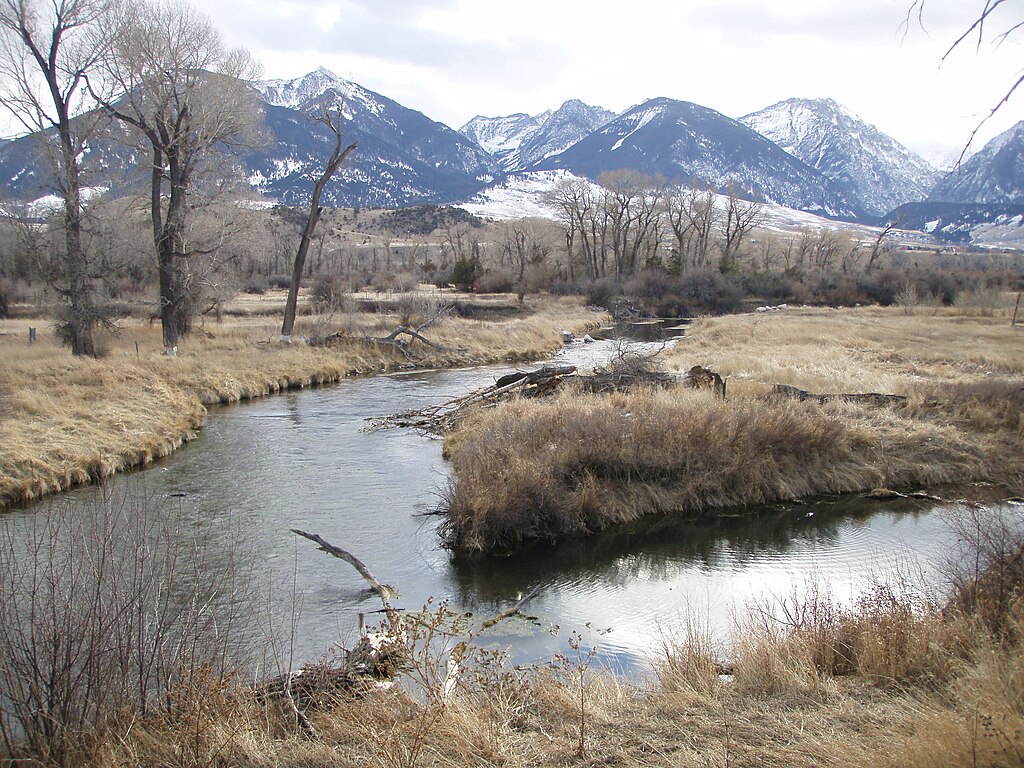
Montana’s legendary private spring creeks in Paradise Valley represent the ultimate technical fly fishing challenge, with crystal-clear waters and highly educated trout testing even the most skilled anglers. Armstrong’s, DePuy’s, and Nelson’s spring creeks flow for short distances across private ranchland before joining the Yellowstone River, creating pristine chalk streams reminiscent of England’s famous trout waters. These spring creeks maintain consistent temperatures and flows year-round, supporting extraordinary insect hatches and trout densities reaching several thousand fish per mile. Access requires daily rod fees ranging from $40-$150, depending on the season, but many anglers consider this investment worthwhile for the opportunity to cast to visible, selective trout in perfect conditions. The spring creeks’ controlled access limits fishing pressure, while professional management ensures optimal habitat and fishing conditions throughout the year.
The Gallatin River: Intimate Pocket Water
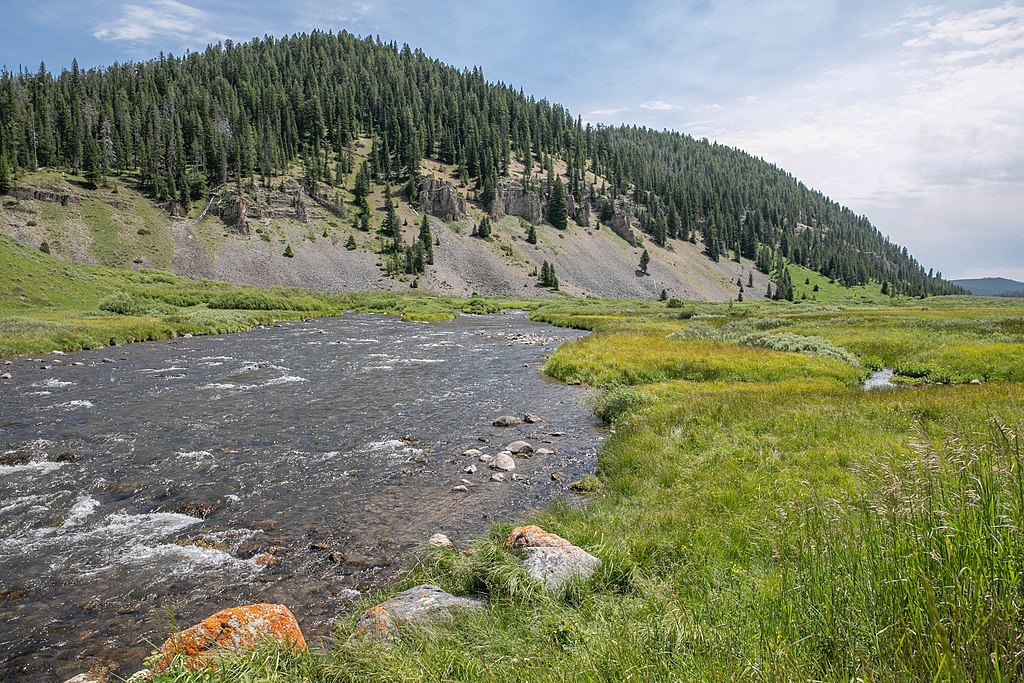
The Gallatin River flows north from Yellowstone National Park for approximately 120 miles to Three Forks, where it joins the Jefferson and Madison to form the Missouri River. Made famous by scenes in the movie “A River Runs Through It,” the Gallatin offers intimate pocket water fishing in its upper reaches, where the river winds through a scenic canyon alongside Highway 191. This accessibility makes the Gallatin popular with wade anglers seeking wild rainbow, brown, and cutthroat trout in a beautiful mountain setting. The river’s character changes dramatically as it leaves the canyon and enters the Gallatin Valley, widening and slowing as it meanders through agricultural land toward its confluence. The upper Gallatin’s abundant pocket water creates a perfect habitat for trout while providing natural protection from angling pressure, as fish can easily find refuge in the complex currents and boulder structures.
Best Seasons for Montana Fly Fishing
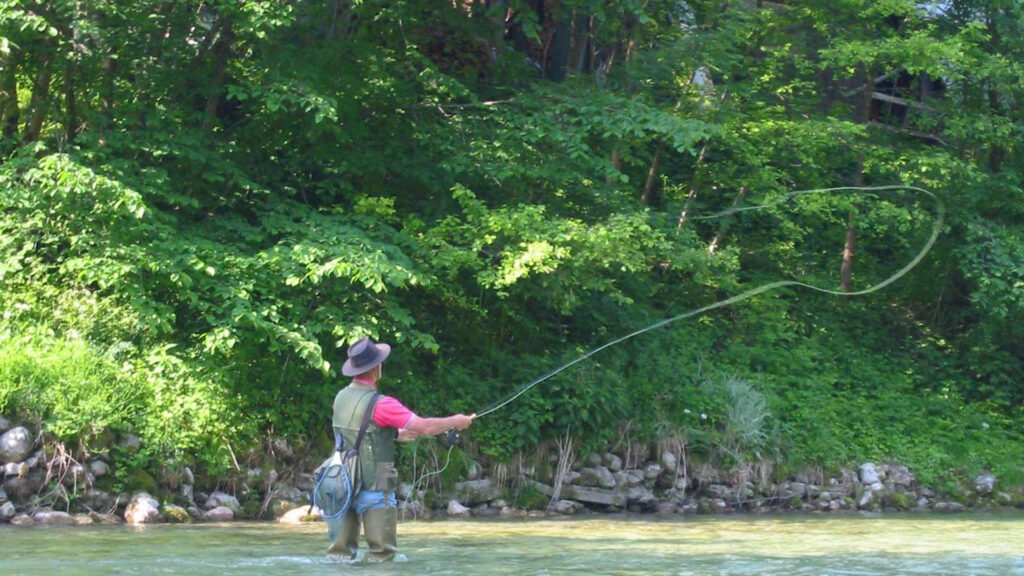
Montana’s prime fly fishing season typically runs from mid-June through October, though opportunities exist year-round on certain waters. Spring (April-May) brings high water from snowmelt on freestone rivers but can offer excellent fishing on tailwaters and spring creeks, particularly during early-season baetis hatches. Summer (June-August) represents peak season, with stable water conditions, reliable insect hatches, and generally predictable fishing across most waters, though popular rivers can become crowded during this period. Fall (September-October) is considered by many locals to be the finest time to fish Montana, with decreased crowds, beautiful autumn colors, aggressive pre-spawn brown trout, and still-reliable hatches on many rivers. Winter fishing (November-March) becomes more specialized but remains productive on tailwaters like the Missouri and Bighorn, where stable flows and temperatures support year-round insect activity and feeding trout.
Conservation Challenges and Ethical Angling
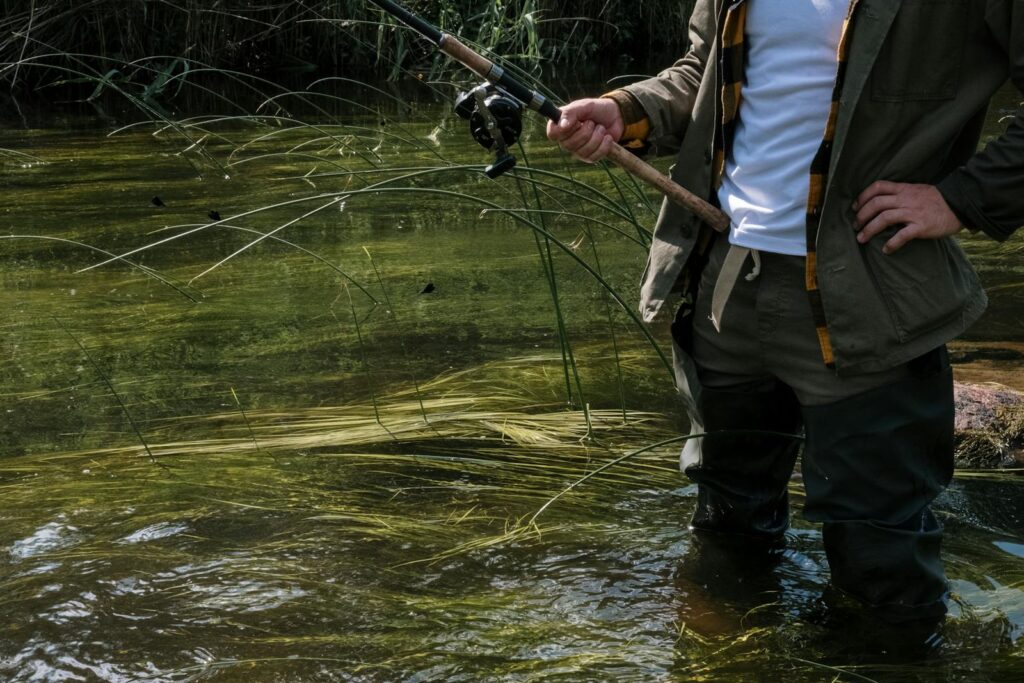
Montana’s blue-ribbon rivers face growing conservation challenges from climate change, increased fishing pressure, and development impacts across their watersheds. Rising water temperatures and decreasing summer flows threaten trout populations, particularly native cutthroat and bull trout species that require colder water than introduced rainbow and brown trout. Responsible anglers increasingly practice voluntary fishing closures during afternoon hours when water temperatures exceed 68°F, as catch-and-release mortality increases significantly in warmer water. Organizations like Montana Trout Unlimited, The Nature Conservancy, and various watershed groups work to protect riparian habitat, secure instream flows, and reconnect fragmented river systems throughout the state. Ethical anglers can contribute to conservation efforts by using barbless hooks, properly handling fish intended for release, supporting habitat restoration efforts, and respecting seasonal fishing closures designed to protect spawning fish.
Planning Your Montana Fly Fishing Adventure
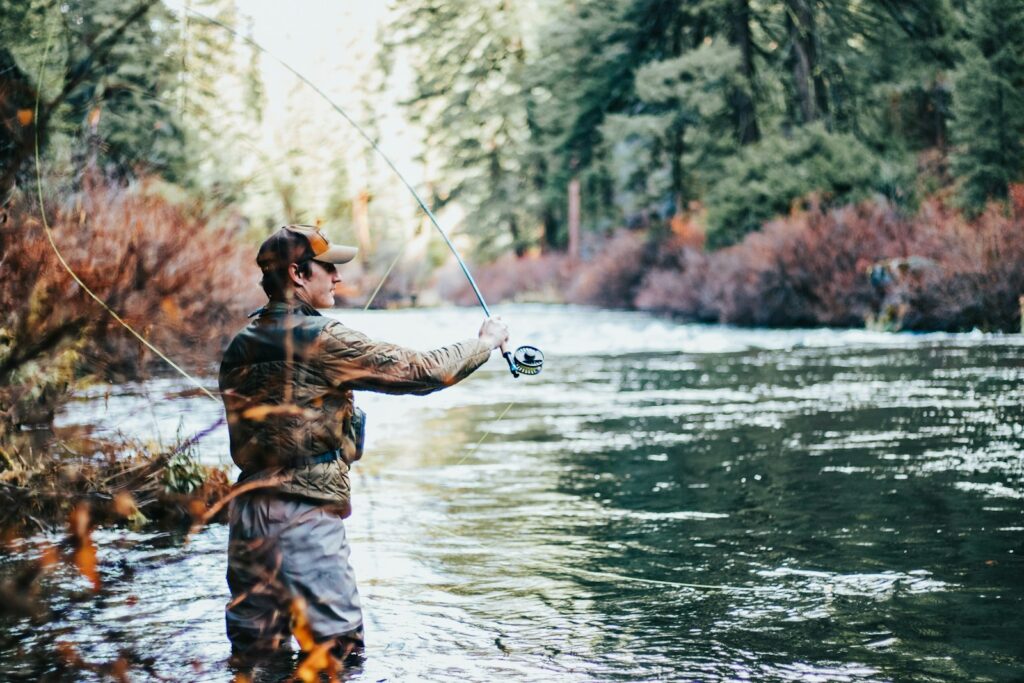
A successful Montana fly fishing trip requires careful planning, particularly during the peak summer season when accommodations and guide services book months in advance. First-time visitors should consider hiring a professional guide for at least the initial days of their trip, as local knowledge dramatically increases success on unfamiliar waters. Montana’s fishing regulations vary by watershed and season, requiring anglers to study current regulations before fishing specific waters. Equipment needs vary by river and season, but a general Montana trout setup typically includes 4-6 weight rods, floating lines, and leaders tapered to 4X-5X for most situations. The state’s weather can change rapidly in all seasons, making layered clothing essential even during summer months when morning temperatures can be 40°F cooler than afternoon highs. Finally, remember that Montana’s blue-ribbon rivers offer more than just fishing – the spectacular landscapes, abundant wildlife, and pristine natural settings create an outdoor experience that transcends the mere catching of fish.
Conclusion
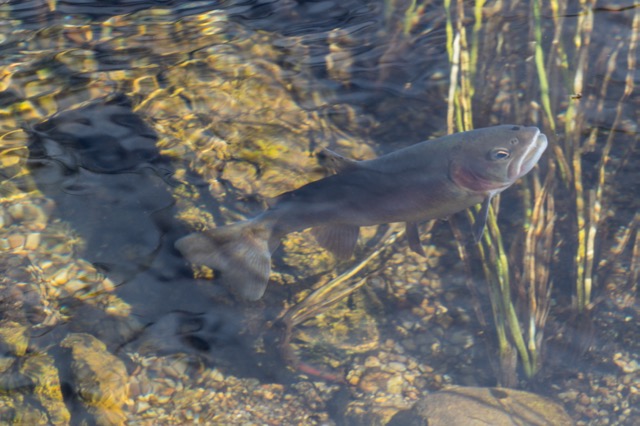
Montana’s blue-ribbon rivers represent the gold standard for trout fishing in North America, offering unmatched opportunities to pursue wild, native, and introduced trout species in breathtaking natural settings. From the technical challenges of Paradise Valley spring creeks to the wilderness solitude of the Smith River canyon, Montana provides fishing experiences suited to every angler’s preferences and skill level. These remarkable watersheds have shaped the culture and economy of the Treasure State while inspiring generations of conservation efforts aimed at preserving these precious resources. Whether you’re planning your first Montana fishing trip or your fiftieth, these rivers continue to offer discoveries, challenges, and moments of transcendent connection with the natural world. In Montana’s blue-ribbon waters, the pursuit of trout becomes something far greater than sport – it becomes a journey into America’s last best place.


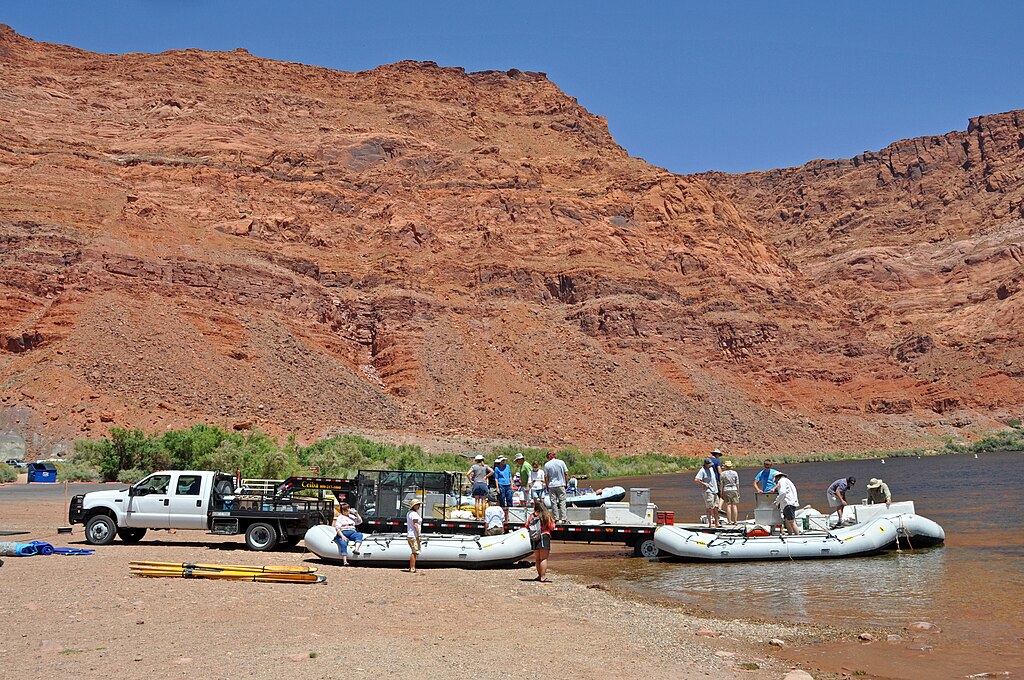
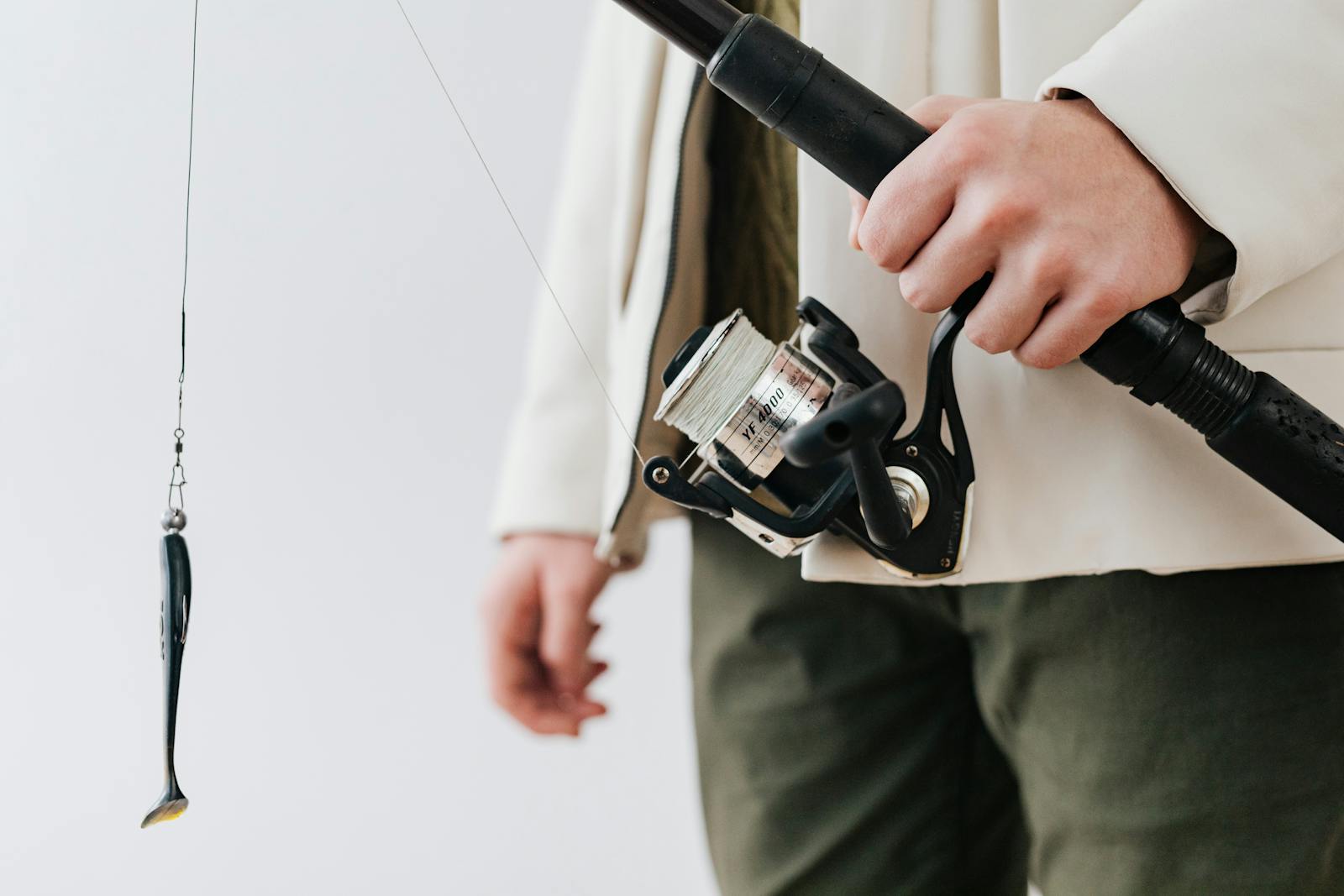
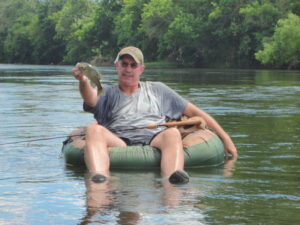
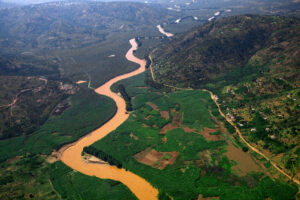








Post Comment